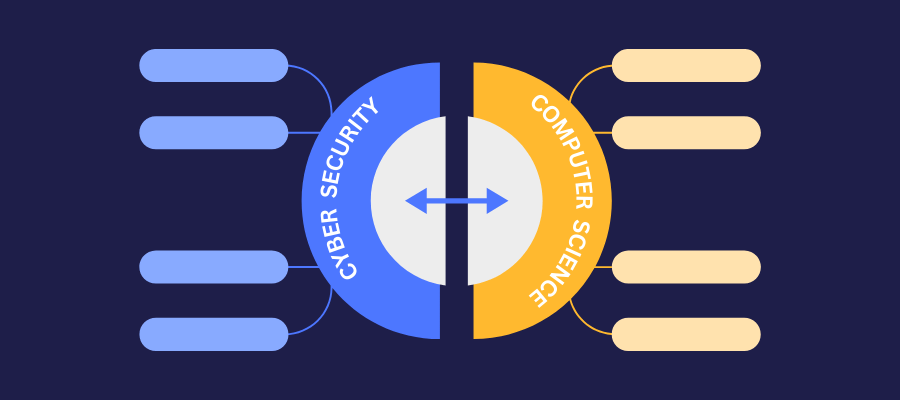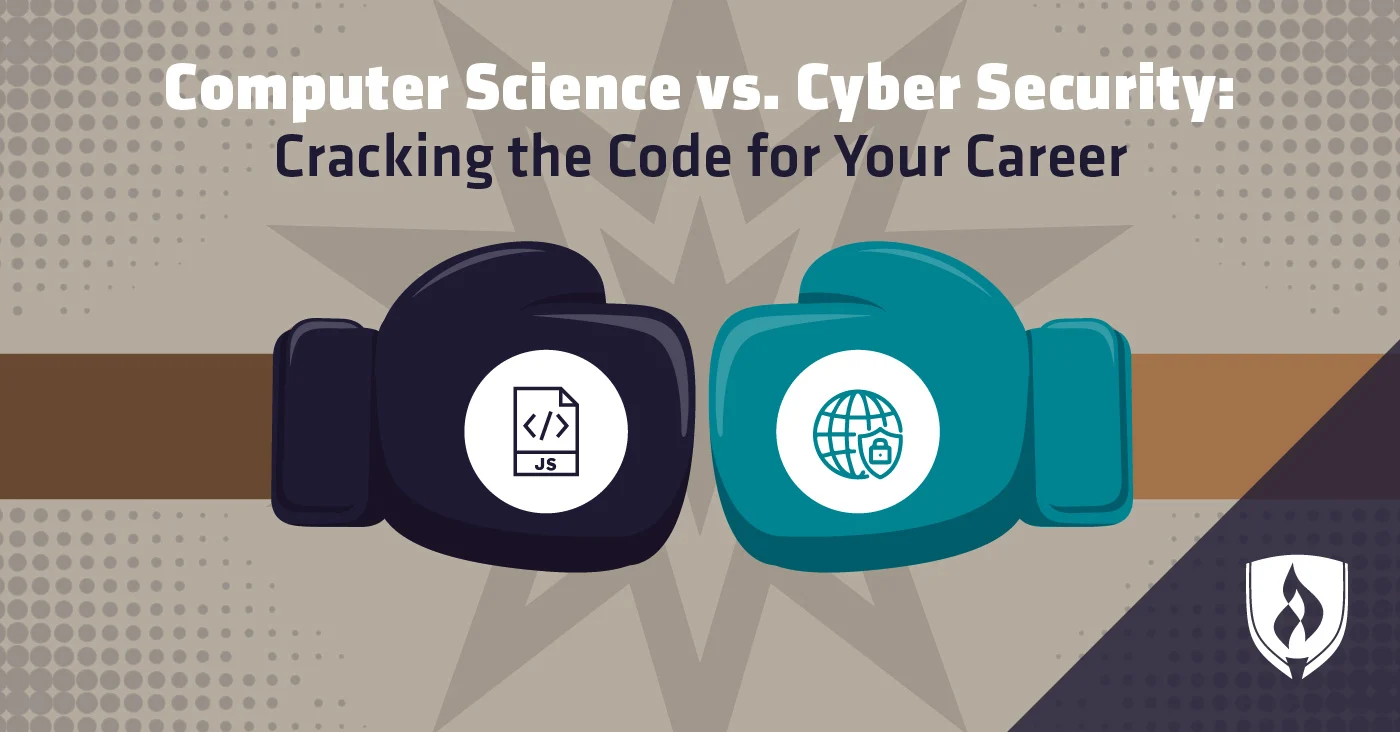“Explore the key differences between cybersecurity and IT careers in this comprehensive guide. Learn about job roles, required skills, career prospects, and how to choose the right path for your future in tech.”
Introduction
Choosing the right career path in technology can be daunting, especially when considering the distinct fields of cybersecurity and IT. Both sectors offer exciting opportunities, but they cater to different interests and skill sets. This guide will help you understand the key differences between cybersecurity and IT careers, explore their unique roles, and determine which path aligns best with your career goals.

Understanding Cybersecurity and IT Careers
What is Cybersecurity?
Cybersecurity focuses on protecting systems, networks, and data from cyber threats. Professionals in this field are tasked with safeguarding sensitive information from unauthorized access, breaches, and attacks. Key roles in cybersecurity include:
- Security Analyst: Monitors and responds to security incidents.
- Penetration Tester: Conducts ethical hacking to identify vulnerabilities.
- Security Engineer: Designs and implements security measures.
- Incident Responder: Manages and mitigates security breaches.
What is IT?
Information Technology (IT) encompasses a broader range of activities related to managing and supporting technology infrastructure. IT professionals ensure that hardware, software, and networks run smoothly and efficiently. Key IT roles include:
- IT Support Specialist: Provides technical assistance to users.
- Network Administrator: Manages network infrastructure and connectivity.
- Systems Analyst: Analyzes and improves IT systems and processes.
- Database Administrator: Maintains and optimizes database systems.
Key Differences Between Cybersecurity and IT Careers
Focus and Objectives
- Cybersecurity: Focuses on defense and protection against cyber threats. The primary objective is to prevent, detect, and respond to security incidents.
- IT: Concentrates on maintaining and optimizing technology systems and infrastructure. The goal is to ensure operational efficiency and support end-users.

Skills and Qualifications
- Cybersecurity Skills: Includes knowledge of encryption, network security, threat analysis, and incident response. Certifications like CISSP, CEH, and CISM are often required.
- IT Skills: Involves expertise in network management, system administration, hardware troubleshooting, and software installation. Certifications like CompTIA A+, Network+, and Microsoft Certified Solutions Expert (MCSE) are common.
Career Outlook and Opportunities
- Cybersecurity: The demand for cybersecurity professionals is rapidly increasing due to rising cyber threats. The field offers high salaries and strong job security. According to the U.S. Bureau of Labor Statistics, employment in information security is projected to grow by 33% from 2020 to 2030.
- IT: IT careers also offer robust opportunities, though growth rates may vary by role. IT positions are projected to grow at a steady rate, with diverse opportunities across various industries.
Choosing the Right Path
When deciding between cybersecurity and IT, consider the following factors:
- Interests: Do you prefer focusing on security and protecting against threats, or are you more interested in managing technology systems and supporting users?
- Skills: Assess your strengths and interests. Cybersecurity often requires analytical and problem-solving skills, while IT roles may demand technical support and system management skills.
- Career Goals: Think about your long-term career aspirations. Cybersecurity might offer more specialized roles with higher earning potential, while IT provides a broader range of opportunities.

Conclusion
Both cybersecurity and IT careers offer exciting and rewarding paths, each with its unique challenges and opportunities. By understanding the differences and aligning them with your skills and interests, you can make an informed decision about which career path is right for you. Whether you choose to dive into cybersecurity or explore IT, both fields are essential to the technology landscape and offer promising futures.
